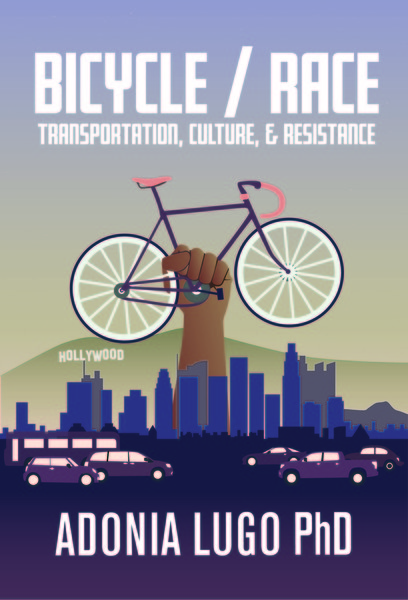Last weekend, I took the bus to White Center for a bike repair event at a food bank there. On the map, it looked like I would get off the 60 and walk a few blocks through an urban grid to my destination. I was unprepared to step into a new urbanist colony, but there I was, walking through what looked like a Ray Bradbury description of some New Town on Mars. Cheap construction, few people on the sidewalks. Retail spaces below apartments. Then, a few blocks in, the sidewalk vanished and I found myself walking alone down a two lane road with houses on either side of the street. What had been here before New Town (actually called Greenbridge)? Was this downtown White Center?
When I got to the food bank a mile or so later, I had a lovely chat with the director, and she told me that the new development was King County public housing, and had replaced WWII era barracks that had been Section 8 housing. There was a town in White Center, but it was a short distance west. After chatting with people about bikes for a bit, I headed over to downtown White Center, and found a midcentury retail zone that had many empty storefronts. Lots of Latino-owned businesses, lots of people walking around and waiting for the bus.
Why had King County invested in a new urbanist development away from this area instead of investing in the existing town? Why do "green" developments so often demolish existing buildings rather than restoring what's there? I imagine it has a lot to do with zoning and it being harder to get financing for rehabs versus starting over from scratch.
I don't know much about the politics and funding behind
"green" development, but based on my research into the history of
transportation infrastructure in the U.S., I can guess that it's
probably controlled by developers who want public subsidies to go into
their pockets rather than by experts on equitable urban sustainability. Like transit-oriented developments, for example. Before the rise of the private car, all dwellings were transit-oriented.
People relied on streetcars, subways, their feet, and bicycles to get
around their cities, and on trains to get between towns. Why is it that
when people talk about transit-oriented developments now, they're only talking about new apartment buildings?
A few days before I made it to White Center, I attended a conference on "Urban Industrial Futures" at the University of Washington in Tacoma, where I heard a former governor of Maryland talk about how young people are moving to cities because the suburbs where they grew up lack a "sense of place." Actually, suburbs have a sense of place, they're just really boring places.
Where does a "sense of place" come from? To very briefly summarize loads of theoretical work on the subject, it has something to do with the built environment, and it has something to do with how people use public space. In my experience, neighborhoods that have a homogeneous population, whether urban or suburban, tend to be less interesting places. Neighborhoods where there's a mix of people living alongside each other, mix in the sense of race, culture, and class, are rare, but we obviously think they're valuable cause they're often undergoing gentrification.
As long as we put our public dollars behind projects based on some notion that a sense of place can emanate magically from density, without taking into account cultural life and people's relationships with the existing built environment, I think we're backing ourselves into a very, very boring corner. I would much prefer to live in a shabby old apartment building on a bus line than in a new, "luxury" apartment in a TOD over a light rail station. Is this more than an aesthetic preference?

